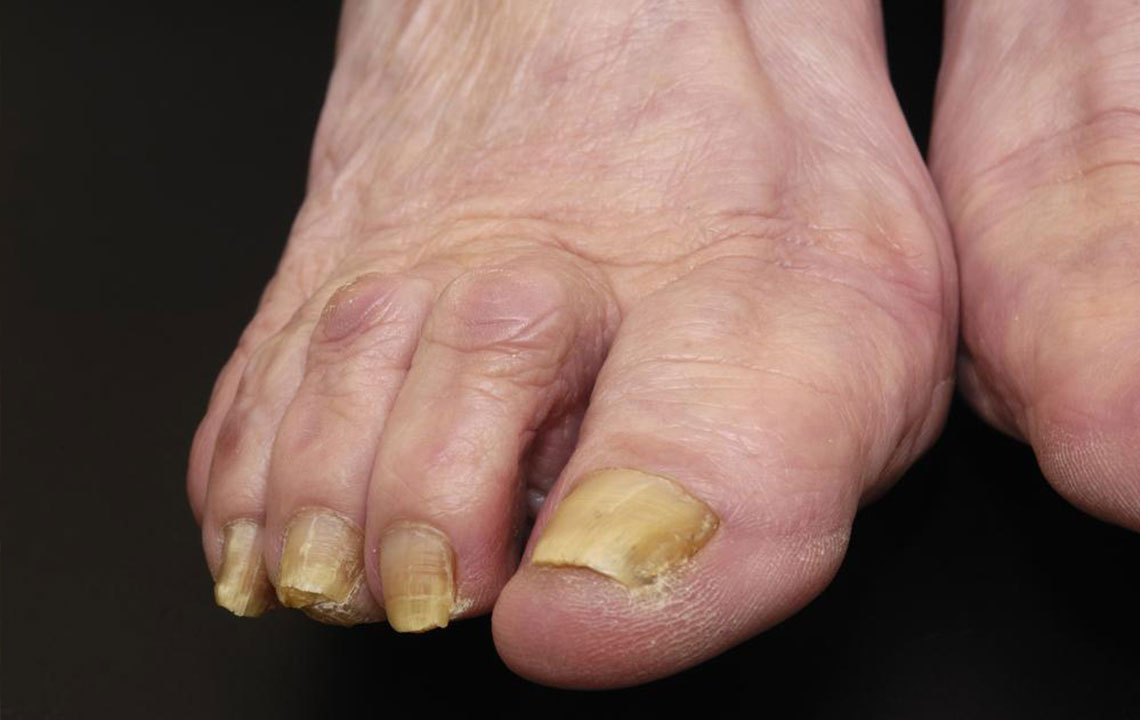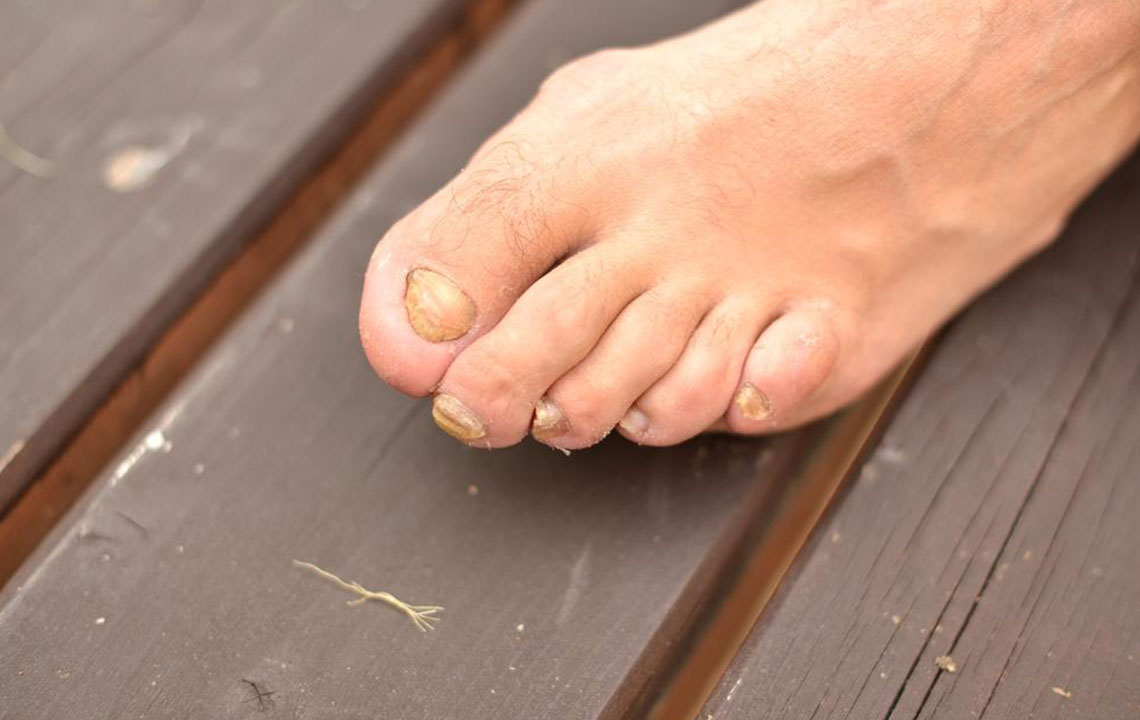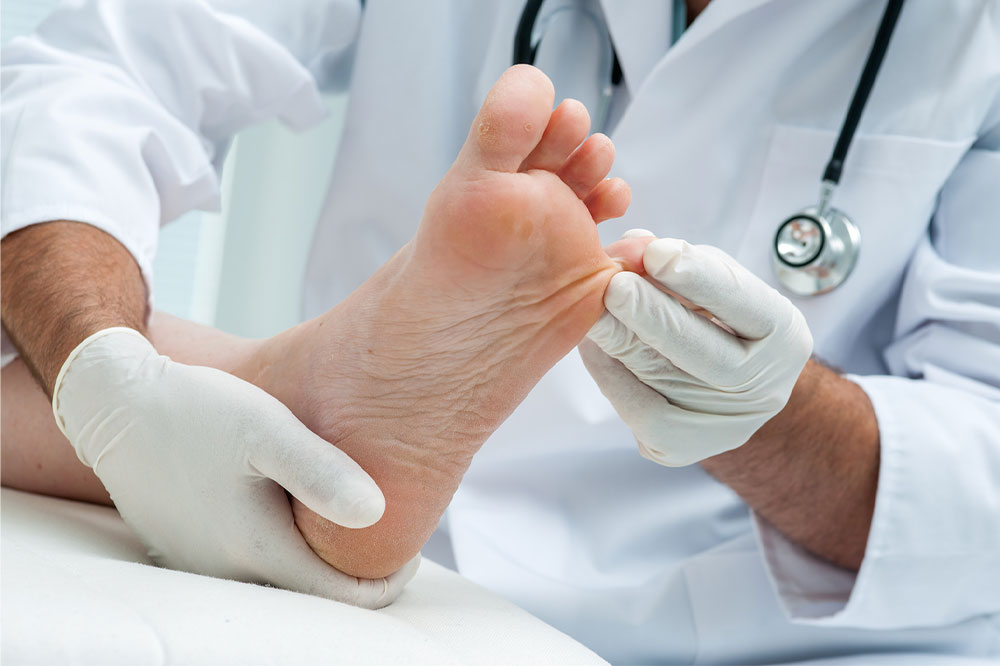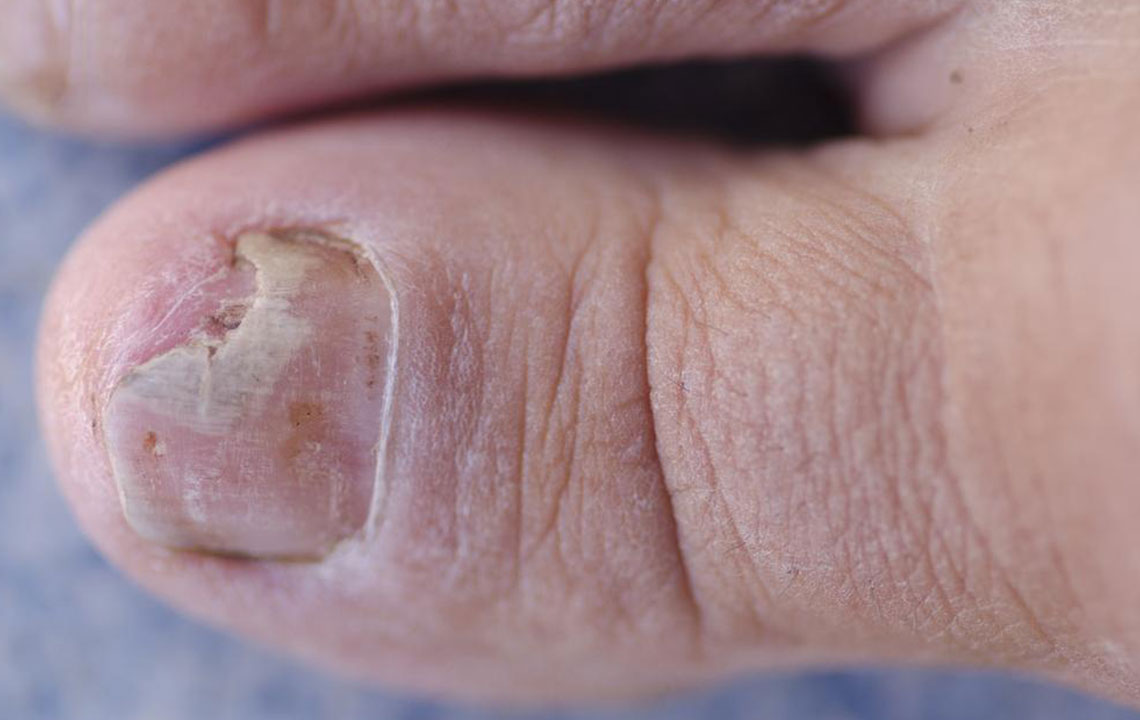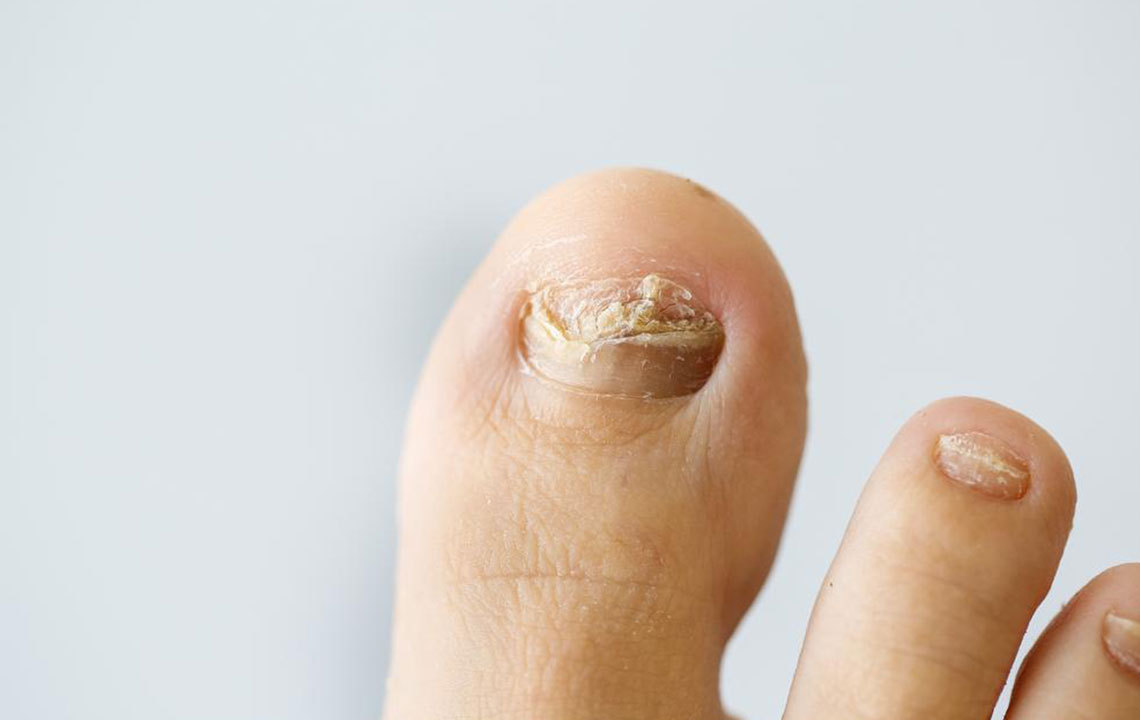Recognizing and Managing Nail and Toe Fungal Infections
This article covers the common signs of nail and toe fungal infections, their causes, and effective treatment options. It emphasizes proper hygiene, preventive measures, and available medical treatments to manage and avoid recurrences of fungal infections. Understanding early symptoms and practicing good foot care can help maintain healthy nails and prevent severe complications.

Recognizing and Managing Nail and Toe Fungal Infections
Identifying symptoms and treatment options for nail and toe fungal infections
Nail fungal infections are common and tend to be more prevalent in men than women. The infection often begins as a small white or yellow spot at the tip of the nail. As it worsens, the nail may discolor, thicken, and become crumbly at the edges.
Usually, mild cases that do not cause discomfort might not need treatment. However, if the infection causes pain or the nail thickens significantly, medical intervention becomes necessary. Even after treatment, fungal infections have a tendency to recur.
Symptoms include thickened nails, discoloration to yellow-brown shades, brittleness, and distortion. Infected nails may emit a foul odor due to debris accumulation underneath. Fungal infections can be caused by various fungi, including yeasts and molds, and are more common in elderly populations. Toe infections can spread from athlete's foot and may infect other nails.
Approaches to treating nail and toenail fungal infections
Mild infections can often be addressed with over-the-counter antifungal products.
Commonly prescribed antifungal medications like terbinafine and itraconazole help eradicate the fungus and promote new healthy nail growth. These should be used for 6 to 12 weeks. An antifungal nail lacquer called ciclopirox (Penlac) can be applied daily for up to a year, with weekly removal of old coats. Antifungal creams such as Tineacide or Lotrimin AF are also effective, especially when nails are filed thin first. In severe cases, partial or complete nail removal might be necessary to allow healthy regrowth. Treatment options include:
Applying antifungal creams directly to infected nails
Using medicated antifungal nail lacquers
Taking oral antifungal medications
Removing parts of the damaged nail with special tools
Complete nail removal via surgery in severe cases
Preventing nail and toe fungal infections
Maintaining good hygiene is essential. Regular cleaning and moisturizing of infected nails can help prevent spread. Thickened nails should be trimmed properly. Wearing breathable cotton socks and changing them twice daily reduces moisture accumulation. Choosing footwear made of breathable materials like leather or cotton helps prevent infections, while avoiding tight or artificial shoes is recommended. Sprinkling antifungal powders inside shoes can also reduce risk. Avoid walking barefoot in public areas such as gyms, pools, lockers, and crowded spaces. Ensure nail salons use sterilized tools, and limit frequent use of nail polishes and artificial nails to prevent damage. Regular inspection of feet, nails, and toes allows early detection and treatment of potential infections.
Disclaimer: Our blog provides informational content across various topics. While our research aims to be accurate, readers should consider the information as general guidance and consult healthcare professionals for specific issues. We are not responsible for data discrepancies or inaccuracies. Also, some promotional schemes or offers might not be covered here.


